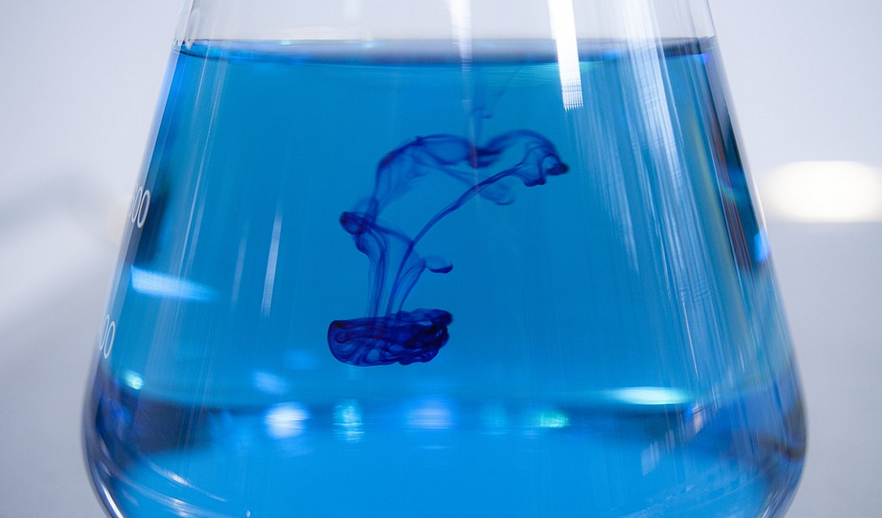Introduction
When it comes to cutting metal, there are two popular options: the dry cut saw and the abrasive chop saw. Both have their own advantages and disadvantages, and choosing the right one for your needs can be a difficult task. In this article, we will discuss the differences between the two and help you make an informed decision.
What is a Dry Cut Saw?
A dry cut saw, also known as a cold saw, uses a toothed blade to cut through metal. Unlike an abrasive chop saw, the blade on a dry cut saw does not generate heat, which makes it ideal for cutting through thicker materials. This type of saw is also known for producing clean cuts that require minimal post-processing.
What is an Abrasive Chop Saw?
An abrasive chop saw, on the other hand, uses a thin abrasive disc to cut through metal. This type of saw generates a lot of heat, which can cause the material being cut to warp or even melt. However, abrasive chop saws are generally less expensive than dry cut saws and are ideal for cutting through thinner materials.
Advantages of a Dry Cut Saw
One of the main advantages of a dry cut saw is its ability to produce clean cuts. This means that there is little to no post-processing required after the cut has been made. Dry cut saws are also ideal for cutting through thicker materials, as they do not generate heat that can cause warping or melting.
Disadvantages of a Dry Cut Saw
One of the main disadvantages of a dry cut saw is its cost. These types of saws are generally more expensive than abrasive chop saws. Additionally, dry cut saws require regular maintenance to ensure that the blade remains sharp and in good condition.
Advantages of an Abrasive Chop Saw
One of the main advantages of an abrasive chop saw is its affordability. These types of saws are generally less expensive than dry cut saws. Additionally, abrasive chop saws are ideal for cutting through thinner materials, as they generate less heat than dry cut saws.
Disadvantages of an Abrasive Chop Saw
One of the main disadvantages of an abrasive chop saw is its inability to produce clean cuts. This means that post-processing is often required after the cut has been made. Additionally, abrasive chop saws can generate a lot of heat, which can cause the material being cut to warp or even melt.
Which One is Right for You?
Choosing the right saw for your needs depends on a variety of factors, such as the thickness of the material you will be cutting and your budget. If you need to cut through thicker materials and require clean cuts, a dry cut saw may be the best option for you. However, if you are on a tight budget and need to cut through thinner materials, an abrasive chop saw may be the better choice.
Conclusion
In conclusion, both dry cut saws and abrasive chop saws have their own advantages and disadvantages. When choosing the right saw for your needs, it is important to consider factors such as the thickness of the material you will be cutting and your budget. By taking these factors into consideration, you can make an informed decision and choose the saw that is right for you.

